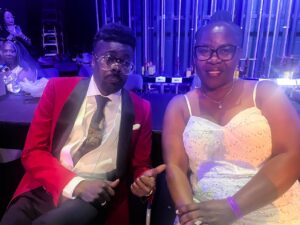Cleaning up the world’s dirty water
AN aerating device originally designed to revive a dying trout farm in the United Kingdom is finding many applications around the globe, including use alongside conventional equipment in cleaning major oil spills and pollutants from decommissioned oil-rigs.
The unique, patented Flucon floating aerator is solar-powered and provides sources of maintained pure drinking water in the developing world.
As well as that, the aerators can strip gases, such as methane from lagoons on landfill sites, prevent ice forming around boats during lake freeze-ups in the United States and Canada, and clear mosquito larvae from breeding grounds.
The designer of the aerator, Norman Edwards has had discussions with New York officials about a solution to the mosquito infestation, which plagued the United States city last summer.
More common uses are the aerobic treatment of sewage effluent and the re-oxygenation of fish farms that were affected by oxygen depleting algae, a desperate situation faced by a UK fish farmer and which was the inspiration for the aerator concept. After several different devices were tried by Edwards to help the farmer in Wales, his rudimentary version of the now sophisticated floating aerators brought the water in the farmer’s lake back to a healthy condition within a day.
The principle of the equipment is simple: water and air are mixed in the aerator body and discharged as micro-bubbles at suitable depths and positions for each application. In pollution clearance, for instance, micro-organisms already in the water thrive in the oxygen-rich environment and they digest solids, such as sewage, oil and industrial effluent suspended in the water mass.
The aerators can be either floating or bridge mounted (the floating model requires no structural support and range in power up to 44kW. They have only one moving part, release no unpleasant odours or aerosol and offer an energy-saving of up to 50 per cent, when compared with paddle aerators.
— London Press Service












